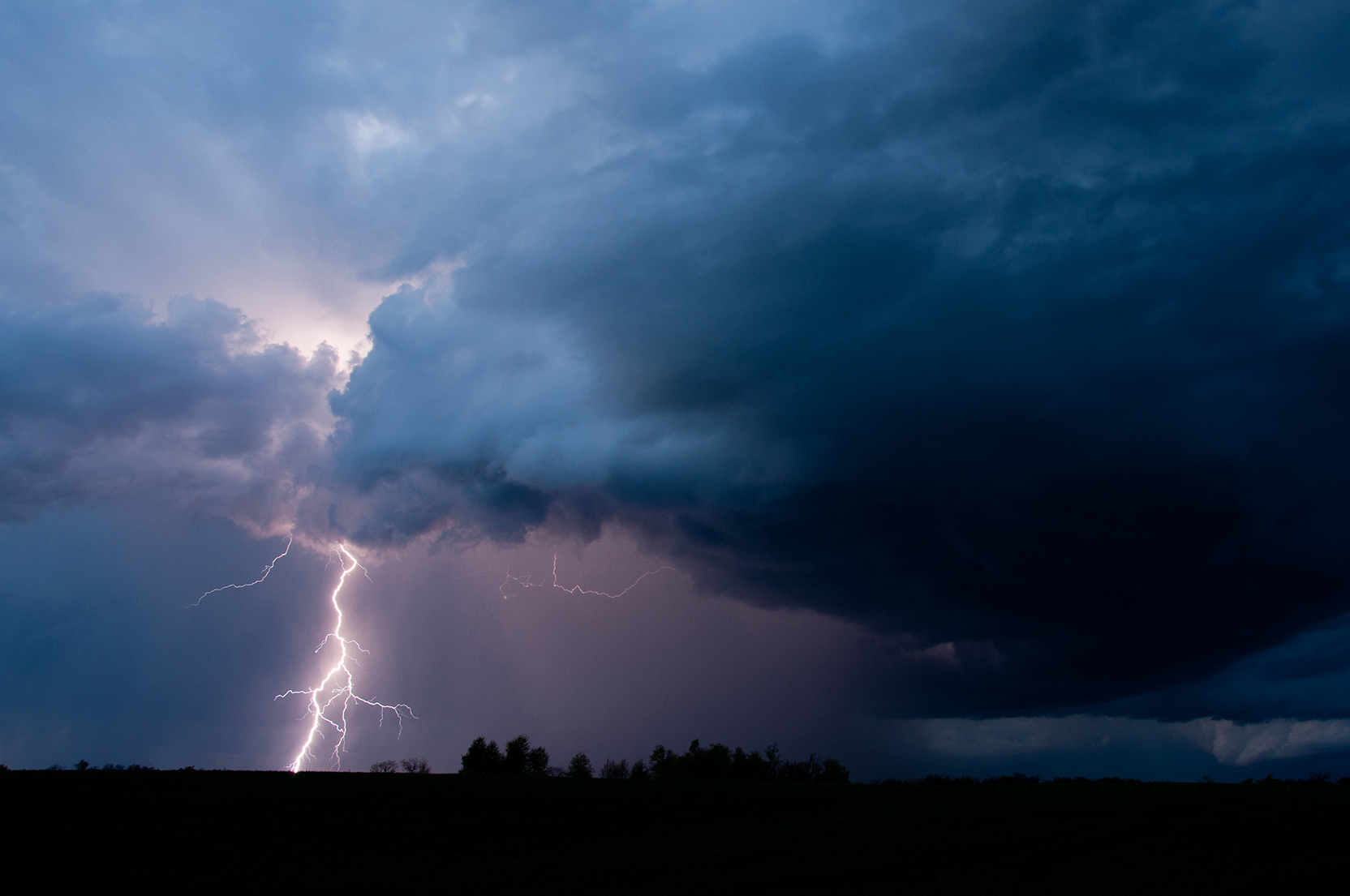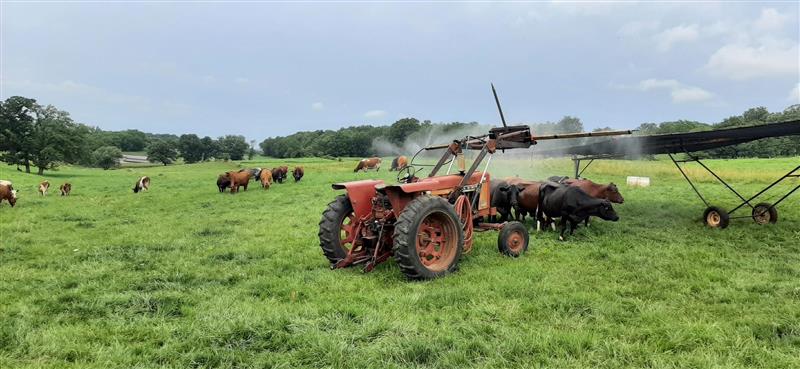5 Disasters and emergency planning
 Preparing for every disaster or emergency scenario is impossible, but assisting O/A clients with emergency planning is a good place to start. Thinking through the various scenarios before an event may help prevent farm, animal, and human impacts from hurricanes or blizzards, barn fires or wildfires, extreme heat, and roof collapse due to heavy snow, flood, drought, or tornado. Have your clients think about – What would we do if xxx occurred? Gathering resources, establishing roles of personnel, and having a plan prepared ahead of time, can help prevent losses. While every farm needs to do this on its own, knowing neighbors and planning with them and how they might help each other should be part of each farm plan.
Preparing for every disaster or emergency scenario is impossible, but assisting O/A clients with emergency planning is a good place to start. Thinking through the various scenarios before an event may help prevent farm, animal, and human impacts from hurricanes or blizzards, barn fires or wildfires, extreme heat, and roof collapse due to heavy snow, flood, drought, or tornado. Have your clients think about – What would we do if xxx occurred? Gathering resources, establishing roles of personnel, and having a plan prepared ahead of time, can help prevent losses. While every farm needs to do this on its own, knowing neighbors and planning with them and how they might help each other should be part of each farm plan.
General disaster and emergency planning information for all small farm types is included in the attached handout that can be downloaded and given to farmers: Disaster and emergency planning for small farms and ranches.
Specific weather/climate-related considerations
Feed considerations
Finding the right feed to fit a particular O/A program in case of a feed shortage, weather event, or other emergencies can be difficult for organic or alternative farmers. These farmers/ranchers may keep extra feed on hand when possible and keep a list of additional feed suppliers that carry organic feed (considering the current long-term drought conditions in the West, this may be easier said than done.)
Cold weather
What shelter might you use during a blizzard? Can you provide shelter with hay bales or other natural windbreaks, and can you get the animals close enough to feed and water to provide for them? If not, do you have access to heavy equipment to move feed and water (Hain, 2022)?
Providing enough high-quality feed is paramount. And doing a good feed inventory at the beginning of the cold season can help with decision-making about resources and animal numbers and planning before resources get thin or expensive (Hain, 2022).
Good ventilation is also important in winter. Poor air quality is a more likely cause of pneumonia than cold (Hain, 2022).
Winter can be especially challenging for organic farmers because farms and other facilities only rely on part of the year barns may be old or not be designed well. There might also be a tendency to overstock. Conventional wisdom says to not overstock more than 10-20% (based on the idea that not all cows will eat at the same time, and some will be resting, etc.), however, for O/A farms, there should be the principle of NOT overstocking to satisfy the herbivorous instinct to all eat at the same time.
For animals, conditions of cold and wet can be a bigger problem. Bedding and providing coats for new calves and additional heat sources to vulnerable species like chicks or piglets. Give animals time to acclimate to cold so they can grow thick coats (Hain, 2022).
Extreme heat
If your region is susceptible to extreme heat, the three most important things to consider are shade, airflow, and water (to drink and/or soak).
Shade for organic and alternative livestock outdoors can be natural or manmade. Some farms use managed grazing in their woodlots and silvopasture areas during extreme heat. Mobile shelters can also be used and are becoming more available. Some farms use spray misters to mist over cattle instead of shade (this also keeps manure in the pasture rather than having animals in the woods and leaving manure where it doesn’t benefit the pastureland). Strategic use of farms and housing during the hottest part of the day or outdoor access during the night can help but not so much for poultry. Care must be taken because it defeats the purpose if it becomes too crowded under the shade. Sometimes shade also impedes airflow, which is also not good. Take care with bedding; bare dirt is better because it absorbs heat. Silvopasture systems (integration of trees and forest in grazing areas) are growing in use and help provide natural shade.

Water consumption is most important in extreme heat situations. Cattle should be no more than 800 yards from water sources to drink when needed. Water or mud for wallowing for pigs and provide relief from the heat. Potential contamination of running waters such as rivers or streams is important. How could you scale up water supplies or access to tankers to bring in water fast during an extreme heat event? Irrigation pumps for river water can supply water in an emergency.
In an open environment, it’s cooler, 8 feet off the ground. Having hills cows can stand on can help. Airflow/wind – sprinklers and fans can also provide cooling using evaporation. In hotter climates, breeding away from black cattle to more heat-tolerant types. Cattle with previous health events, such as respiratory diseases, can decrease the ability of cows to dissipate heat.
No matter the emergency or disaster, having an emergency plan helps prevent additional damage and stress. These plans can help you, emergency personnel, farm workers, and family react quickly in the face of an emergency. Planning for different emergencies will benefit your farm and livestock, so consider creating multiple plans that fit your region and farm. In addition to the emergency planning resources below, check out the Disease Prevention Plan created by The Livestock Project, which can benefit any livestock farm.

